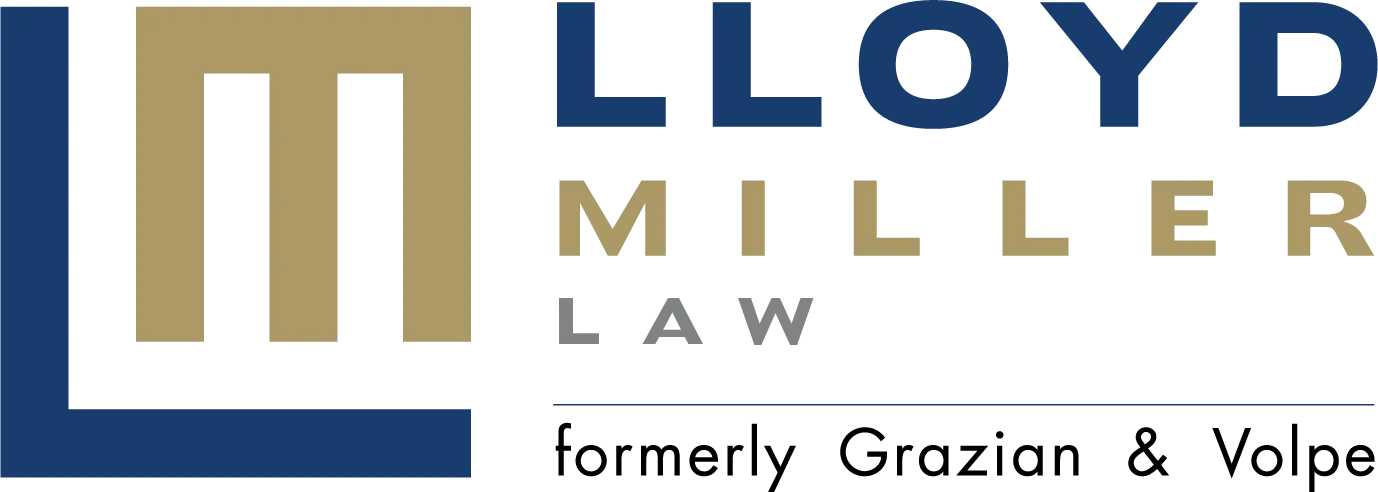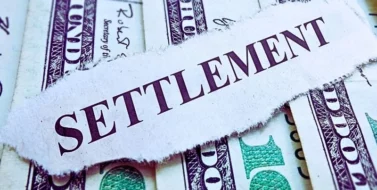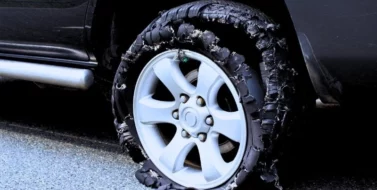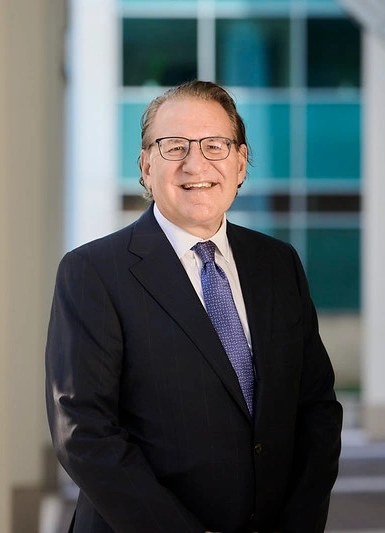In a multi-car accident, determining fault requires a careful examination of all available facts. Each car accident is unique, and blame for the incident falls on the person or parties responsible. The person responsible for an accident, or his or her insurance company, will bear the major financial responsibility. To determine who is to blame, it is essential to gather sufficient evidence to prove what happened.
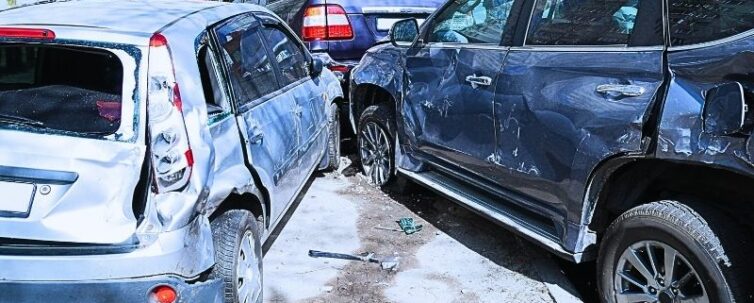
Table of Contents
When Is a Car Accident Considered a Multi-Car Accident?
A multiple-car accident, often called a multi-car accident, occurs when more than one car, truck, or motorcycle is involved in a collision. Whether it involves three, four, or more vehicles, it is still considered a multiple-car accident.
Technically, any crash involving two vehicles is a multi-vehicle accident, but in the insurance industry, this term usually refers to a collision that involves three or more vehicles, such as a chain reaction collision.
Common Scenarios in Which a Multi-Car Accident Can Occur
There are various ways in which multi-car accidents can occur. Below are some of the most common scenarios:
- Chain reaction accident involve multiple vehicles colliding in a pile-up or series of collisions, typically occurring on busy highways or during rush hour traffic.
- Head-on collisions happen when two vehicles traveling in opposite directions collide with each other, causing catastrophic damage due to the combined force of the vehicles involved. These crashes can result in the vehicles ending up in multiple lanes of traffic, increasing the risk of involvement of other cars in the accident.
- Side-impact collisions, also known as T-bone accidents, occur when the front end of one vehicle collides with the side of a second vehicle, often happening at intersections when one vehicle fails to yield or runs a red light. These accidents can easily lead to multi-vehicle crashes if there are multiple vehicles navigating the intersection.
- Rear-end collisions happen when one vehicle collides with the back of the vehicle in front of it, frequently resulting in multi-car pileups in heavy traffic.
The Comparative Fault System in Illinois
If you are involved in an accident, comparative fault allows you to claim damages, but if you are partially responsible for your injury, the amount of compensation you can receive will be reduced proportionally.
Illinois uses modified comparative fault to determine damages in a personal injury lawsuit.
Using modified comparative fault, your damages are reduced proportionally based on your percentage of blame. However, if you are found to be equally responsible or more at fault for the accident or incident, you will not receive compensation. To collect damages, you must not be more than 50% at fault for the resulting injury.
For example, if you are awarded $10,000 but the judge or jury finds that you are 30% at fault for the accident, your claim will be reduced by 30%, and you will be awarded $7,000.
Factors Considered in Determining Liability in a Car Accident
It can be difficult and complicated to determine fault. Certain situations, such as determining who is liable for a hit-and-run accident, can be difficult. In a multi-vehicle accident, there are various factors used to determine fault.
Evidence From the Scene of the Accident
Evidence found at the scene of an accident can be vital in determining what caused the crash. Some factors that are present at the scene may be present at the scene, but could quickly disappear.
Taking photographs of the accident scene can capture important details such as car positions, skid marks, and weather conditions. This information can indicate if the driver was driving too fast for the conditions.
When taking pictures, include nearby traffic lights and stop signs. Photographs can help show the setting of the accident and traffic conditions at the time, especially if it occurred at an intersection or parking lot.
Car damage is another major factor in determining fault, which may be assessed by the police and insurance company. If a driver rear-ends another car, it would be easier to prove that the driver behind is at fault. Therefore, it’s essential to take pictures and videos of damaged vehicles following an accident, as it may be challenging to document the other driver’s car after you have left the accident scene.
Eyewitness Testimonies and Police Reports
Getting police reports and eyewitness accounts from those who saw the accident can be beneficial in understanding how the accident happened. These accounts can help establish the order of events, the actions of each driver, and the circumstances leading up to the collision. They also record information related to road conditions, weather, and traffic violations. Witness testimonies can serve as independent evidence that can support the claims of those involved in the accident.
Traffic Rules and Laws
Traffic laws are in place to ensure the safe and smooth flow of vehicles on the road. When determining who is responsible for an accident, the adherence to or violation of these laws plays a significant role. If drivers disregard traffic regulations such as running a red light, failing to yield the right-of-way, engaging in any type of distracted driving, or breaking any other traffic laws, their actions can directly contribute to the accident and establish their liability.
Steps to Take After a Multi-Car Accident
When involved in a multi-vehicle accident, there’s a lot at stake, so don’t handle it alone. Follow the steps below to build a strong case and get maximum compensation.
Gather Evidence
It is essential to gather evidence to establish liability following an accident. This evidence includes information from the accident scene, such as photographs of vehicle damage, skid marks, road conditions, and relevant traffic signs or signals. Eyewitness statements and police reports can also be crucial in determining liability. In some cases, accident reconstructionists may be consulted to recreate the sequence of events and provide opinions on liability.
Additionally, you should collect as much documentation as possible. After visiting your doctor, ensure that you request copies of your treatment plan. This will help you understand the medical care you need in the future and enable you to pursue compensation for any future losses related to the accident. Take note of any expenses incurred due to medical treatments or lost wages caused by doctor’s appointments. This will demonstrate the financial losses you have already suffered as a result of the accident.
Report the Accident to the Police and Insurance Company
If you get into a car accident, it is essential to call the police right away. They can create a police report that contains vital information about the accident.
The police report may indicate who the officer believes is at fault, as well as any traffic citations issued, eyewitness statements, and the date, time, and location of the crash. If there is any concern that the person responsible for the accident was under the influence of drugs or alcohol, the police report will include the results of any breathalyzer or field sobriety tests conducted at the scene.
It is crucial to report the accident to your insurance company as soon as possible. Waiting too long to file a claim can make it harder to build a solid case. Make sure to include the following information when reporting the accident to your insurance company:
- Your personal information and policy number.
- The location, date, and time of the accident.
- Basic information regarding the collision.
- Contact and insurance details of the other parties involved.
Stick to the basics when reporting a crash. Don’t go into too much detail, as anything you say can harm your claim. Leave the rest to a car accident attorney.
Seek Medical Attention
It is crucial to obtain medical attention after an accident, even if you don’t have any visible injuries. You may not experience symptoms of certain injuries until days or even weeks later. Additionally, seeking medical care and obtaining official medical records from a doctor’s visit can provide valuable evidence to support legal proceedings, if necessary. A doctor’s diagnosis can serve as evidence of the severity and extent of your injuries, as well as linking your injuries to the accident.
Delaying seeking medical care may allow an opposing party to argue that if your injuries were not severe enough to require immediate medical attention, then they are not eligible for compensation. They may also contend that your injuries were caused by something other than the accident, or that you exacerbated them by delaying treatment. Therefore, it is critical to seek medical help as soon as possible to safeguard your claim.
Preserve Evidence and Contact Any Witnesses
It is crucial to start collecting evidence immediately to increase your chances of receiving full compensation. This includes gathering evidence from the accident scene such as police reports, video footage, and photographs. If you have any details of witnesses, you can contact them to provide car accident witness statements. By contacting witnesses early, you can ensure that you have witness statements and evidence ready and available as soon as they are needed.
